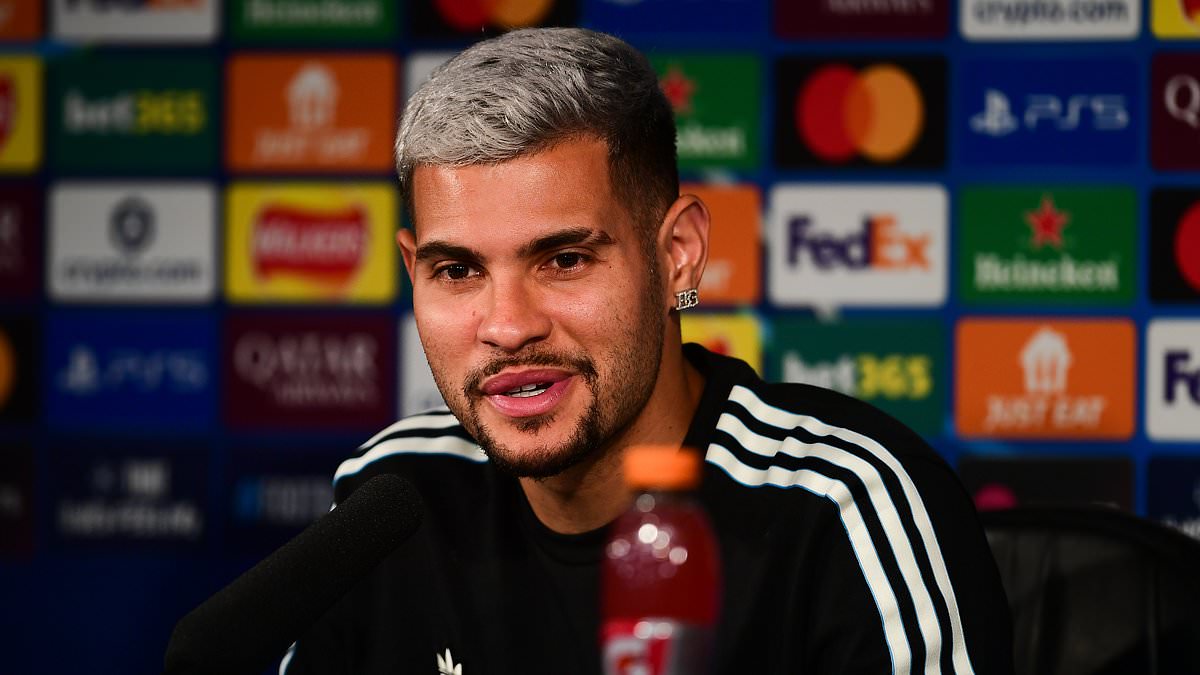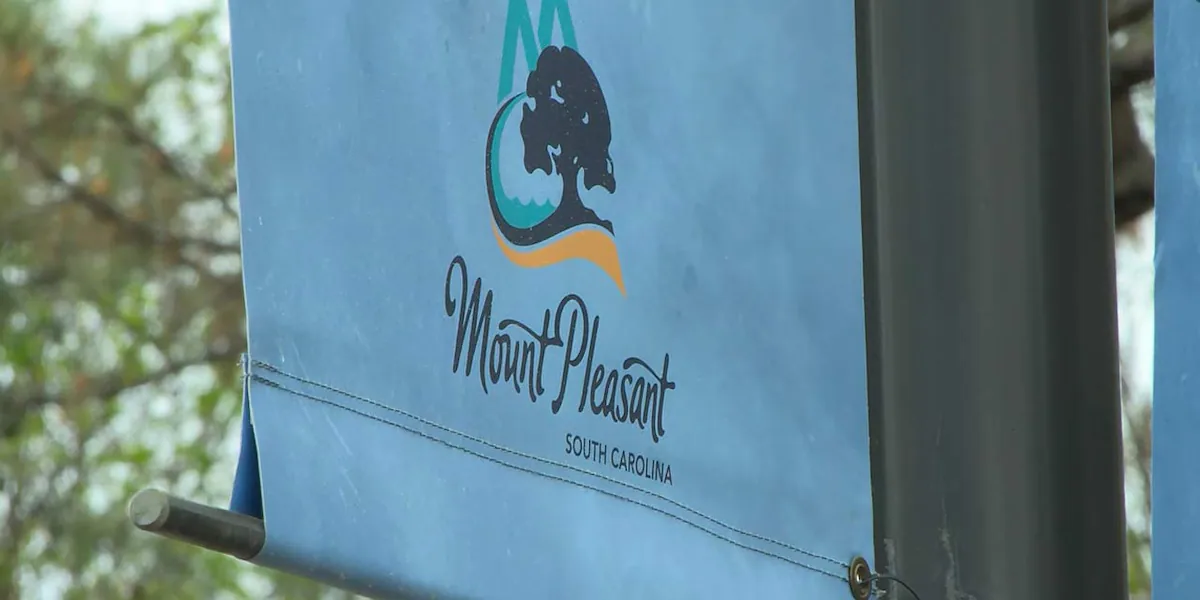By Stabroek News
Copyright stabroeknews

On Sunday night the floodlights dimmed on the thirteenth season of the Caribbean Premier League (CPL), with the Trinbago Knight Riders (TKR) capturing the crown in a low scoring affair with their arch rivals, the Guyana Amazon Warriors, before a capacity crowd at the National Stadium at Providence. It was TKR’s fourth title in nine seasons, a record fifth for Trinidad and Tobago – the Red Steel franchise took the honours in the third CPL season, in 2015. No doubt the Trinidadians were on top of the world after last year’s controversial defeat in the first eliminator playoff game with the Barbados Royals when three of the six lighting towers at Providence suddenly went dark during the TKR innings, interrupting play for over ninety minutes.
It was yet another bitter loss for the boisterous home crowd to swallow, as their beloved Warriors, CPL Champions two years ago, extended their already embarrassing record of futility. In their eighth appearance in the finals, the third in four years, (during which time Guyana has hosted the play-offs and final), they stumbled at the final hurdle for the seventh time. The Warriors must now have their eyes set on the fifteen losses suffered by the Los Angeles Lakers in the NBA Finals over the last seventy-five seasons.
While the TKR players enjoy the spoils of the victory, and the other five franchises recoup for next season, the state of the CPL should be reviewed. In December 2012, the WICBC announced that it was preparing to launch its own franchise-based Twenty20 league in 2013, and they had finalised a twenty year agreement with the Barbados-based merchant bank, Verus International, to fund the competition. The bank was owned by Amjal Khan, a Canadian investor, who was based in Barbados at that point in time. As part of the agreement, the WICBC would receive funding from Verus International for retainer contracts for more players in addition to the twenty annual retainer contracts the board was currently funding.
“The first key thing that we need to do is to bring the local, the regional and the international bodies and partners to be able to create the CPL into something where it becomes a global audience, “Khan was quoted in March, 2013 at a presentation at the exclusive Sandy Lane Hotel in Barbados.
It has not been an easy financial ride for the CPL which has lost money in most seasons, and is dependent on the billionaire owners to sustain the franchises. Major sponsors over the years have included Digicel, Limacol (New GPC), Courts and Hero Motorcorp. Republic Bank Ltd. has been the title sponsor for the last three years, and on its website, it paints a rosy picture in a media statement titled, “The Economic Significance of the Republic Bank Caribbean Premier League.”
“CPL has a staggering economic impact on the Caribbean region. In 2022, the tournament generated a total economic impact of US$200.9 million, a 47% increase on the amount generated during the 2019 tournament. The direct economic impact of the CPL on the region was US$134.7 million, while the indirect impact was US$66.2 million.
“What truly makes a difference is the numerous ways that it generates economic activity on our shores. It creates jobs for local staff, including venue staff, security guards, and hospitality workers. It also fills hotel rooms and boosts tourism in the host countries. In addition, the CPL generates media value through its broadcast deals and sponsorships. From the bus drivers who are hired to transport the teams to and from the games to the various food vendors in and around the stadium and even the ‘blue devils’ hired to entice the crowd, this tournament generates an unparalleled level of economic activity.
“The economic impact of the CPL is spread across the Caribbean region. In 2022, the top three countries in terms of economic impact were: Trinidad and Tobago: US$46.8 million, Jamaica: US$31.8 million (without any games being played there),[and] Guyana: US$22.9 million.
“The tournament is a valuable asset to the Caribbean economy and it is likely to continue to grow in popularity in the years to come.”
Specific examples cited of the economic impact of the CPL in the Caribbean included; the CPL employed over 1,500 people in the Caribbean in 2022, the tournament filled over 36,000 hotel rooms in the host countries, the broadcast deals and sponsorships generated over US$100 million in media value, and the CPL is estimated to have contributed over US$1 billion to the Caribbean economy since its inception in 2013.
The ultimate concern of sponsors is the bottom line, profitability, and hence from the bank’s perspective, the CPL is an economic success. However, there are other concerns for the region of the long-term consequences of the CPL such as, the social and cultural impact, the environmental footprint, the development of the game, its influence on regional and international relations, and its legacy on the game. Naturally, these concerns generate an entirely different debate. In the latter instance, the questions arising include; Has the CPL spawned any long- lasting infrastructure improvements?
What impact has the CPL, the second most popular franchise cricket league in the world, had on West Indies cricket? Here are our current international rankings; Tests: Eighth – ahead of Bangladesh, Ireland, Afghanistan, and Zimbabwe -,thus, last of the major countries; ODIs: Ninth; T20s: Sixth. After thirteen seasons of the CPL, the standards of West Indies cricket are still in the doldrums.
Today, we have in the Caribbean every year during August and September, an event billed as the “Biggest Party in Sport”. In reality, it is just another form of carnival, spread over three or four countries. The entertainers in this circus, replete with cheerleaders, are mostly from the Caribbean, with a few billboard names from around the globe, who happen to play a variant of cricket. The television networks love the product, a lot of money flows through the CPL, how much of it actually finds its way into the coffers of the development of Caribbean cricket is anyone’s guess. It can be viewed as just another variant of the tourism business model which is dictated to the region by the overseas tour operators, in conjunction with the international airlines and hotel chains. The question then is, have we been had, yet again?



